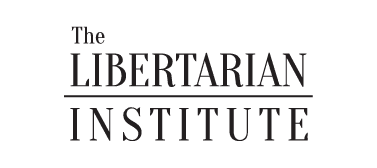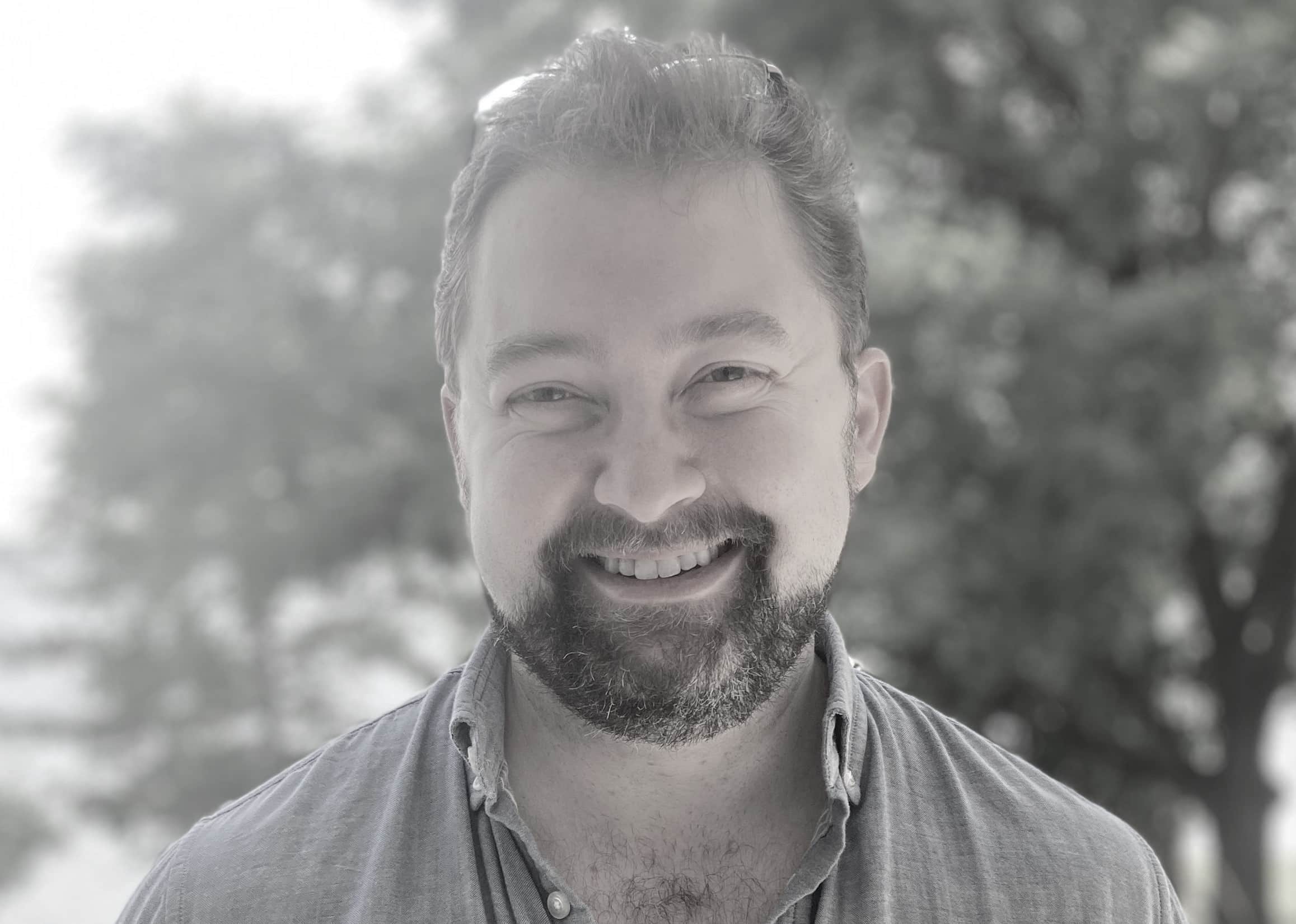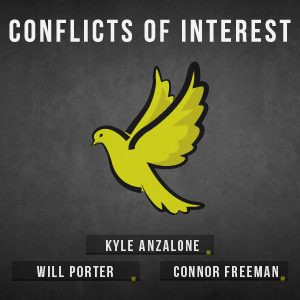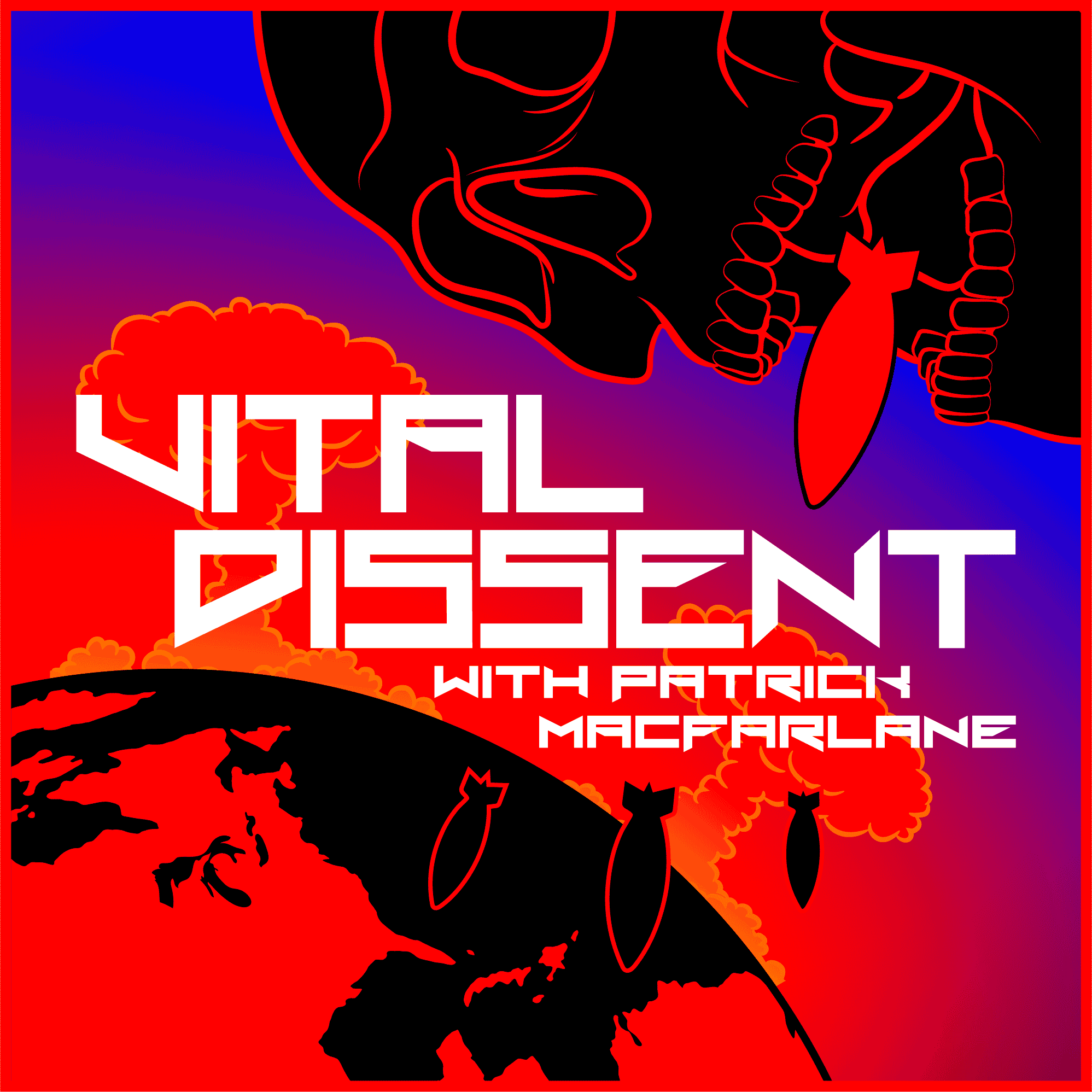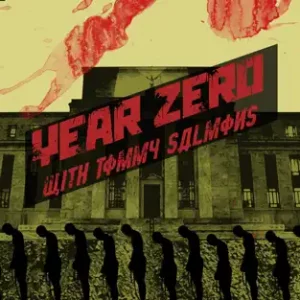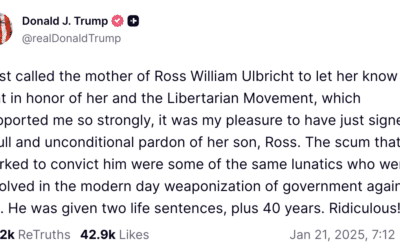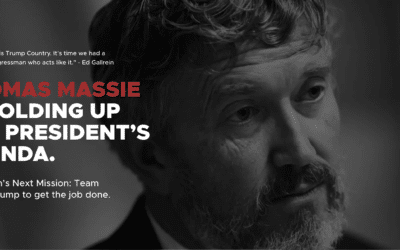On March 20 of this year, Maria Kovalchuk, a twenty-year old Ukrainian model, influencer, OnlyFans content creator, and antiwar activist was found lying on the side of a road in Dubai, the largest city in the United Arab Emirates, after going missing from a party there ten days before. Her arms and legs were broken, and so was her spine. She was taken to a local hospital, where she remains in critical condition. According to her mother, “’She has no documents, no phone, nothing. She has undergone three operations. And she cannot speak.’”
This snippet could be a brutal, singular anecdote—of a vacation, and an evening, and now a portion of a life, gone wrong—but its location is Dubai, and its protagonist is a woman, and its details have been repeated many times before. The stories made from these details are a window into how the United Arab Emirates, Saudi Arabia, Oman, Bahrain, and other Gulf state regimes function: a system of brute extraction that preys not only on the weakest and most alienated but on laborers and white collar workers normally deemed secure. What makes this system relevant to America is that it exists with the help of American weapons and money—and it is expanding in ways that are coming back to haunt Americans.
Understanding how starts with understanding what happened to Maria Kovalchuk, whose last day living a foreseeably normal life started with an OnlyFans post alerting her followers that she was attending “a party with ‘two men who introduced themselves as representatives of the modelling business.’” She also spoke to her mother, telling her that “she would be staying with these two representatives for the night,” and that she was leaving on a flight to Thailand the next day. But, according to her mother, “the promoter who organized these parties did not see her” at the party, and the next day she did not arrive at the airport.
Investigations by the Dubai Police into how what was supposed to be Kovalchuk’s last night in Dubai went so wrong resulted in an official statement that “she entered a ‘restricted construction site alone’ and fell from an undisclosed height.” Why a model about to board a flight would go to an isolated construction site alone, ascend past a safe level, and then manage to fall from an undisclosed height was not addressed by the Dubai Police.
According to The Daily Star, one of the international dailies which picked up the story, Kovalchuk had ended up at a sex party where wealthy Dubai magnates pay women to act out their fetishes. The existence of these “porta potty parties” are not verified, though reports of them circulate online, nor is Kovalchuk’s presence at one verified or, for the moment, verifiable. But verified sources back up this general picture of Dubai, called by supporters “the Gulf’s reigning logistics and financial hub and one of the Middle East’s few real bastions of cosmopolitanism.” These sources include Detained in Dubai, the international human rights organization whose CEO, Radha Stirling, wrote on Twitter (X):
It doesn’t just happen to OnlyFans models. Lawyers and other professionals have been lured to Dubai, RAK and Abu Dhabi then assaulted by powerful people who can have their victims locked up (or worse) at the click of a finger. https://t.co/QFkgxnKGvp
— Radha Stirling (@RadhaStirling) March 23, 2025
Stirling pointed to a specific case that falls into the pattern of Kovalchuk’s:
“Apprentice TV star, Selina Waterman-Smith, was abducted then gang-raped in Dubai and bravely spoke out, only to be met with disbelief and silence from authorities. Instead of investigating and prosecuting her attackers, the system sought to suppress her story. It was only through her tenacious pursuit of justice that her assailants were ultimately convicted.”
Waterman-Smith was luckier than Kovalchuk; she paid $17,000 to be smuggled out of the country, feeling that she had “nothing to lose,” and, like Kovalchuk had been planning to, ended up in Thailand. But, as Stirling pointed out, the two women’s experiences are of a piece. And comments from X users with experience of Dubai on Stirling’s post about Kovalchuk and Waterman-Smith reinforced Stirling’s contentions. They painted an image of a place where these experiences are built into its reality, tied into its very construction:
Being a young gay guy, I was in a terrible situation. If I refused, would it make things worse? If I consented, would it make things worse? Ultimately, I got out of it, but I don’t dare go back to Dubai or even transit.
— Scorpio (@Scorpio141179) March 23, 2025
These is not the only testimonial to the conditions of women workers in the Gulf States. Only four days before Kovalchuk turned up half-dead in Dubai, The New York Times made Saudi Arabia the subject of a major report. This March 16 report, which ran on the front page, was titled: “Why Maids Keep Dying in Saudi Arabia.”
One of these maids, like most of them Kenyan, was reportedly “groped, beat[en], and raped.” Another was “thrown from a balcony” but, unlike Kovalchuk, could speak about her fall. A third, like Kovalchuk, couldn’t speak because she never made it home one night and turned up dead. A fourth, Margaret Mutheu Mueni, “said that her Saudi boss had seized her passport, declared that he had ‘bought’ her and frequently withheld food…” A fifth, Eunice Achieng, “called home in a panic in 2022, saying that her boss had threatened to kill her and throw her in a water tank,” then “turned up dead in a rooftop water tank,” which “the Saudi police labeled…a ‘natural death.’”
According to the Times, workers like these were pitched by Kenyan employment agencies with ties to the Saudi government on an alluring idea: “Spend two years in Saudi Arabia as a housekeeper or nanny…and you can earn enough to build a house, educate your children and save for the future.” But, for many more of them than just five, this is not how the reality ended:
“At least 274 Kenyan workers, mostly women, have died in Saudi Arabia in the past five years—an extraordinary figure for a young work force doing jobs that, in most countries, are considered extremely safe. At least 55 Kenyan workers died last year, twice as many as the previous year.”
What is the system that these women are falling prey to, and what project is the driver of their abuse?
The system is authoritarian. Its project—in Saudi Arabia and the United Arab Emirates as in Oman and Kuwait and Qatar—is “modernization,” what Armin Rosen calls, in the Jewish-American magazine Tablet, a “harsh enlightenment.” Concretely, this means the opening up of the Gulf kingdoms to the world at the hands of repressive regimes through immigration, legal “reform,” and construction.
The legal angle is what gets attention in the western press. Saudi Arabia, for example, is regularly praised for specific and highly publicized legal changes like allowing women to drive and socialize in mixed company. Conversely, it’s regularly blamed for deaths of prominent regime dissidents like Jamal Khashoggi, which in the press reads as the Kingdom falling short of a laudable Enlightenment goal. The end result of this dual focus is that the structural driver of the Gulf state experiment, and its effects, gets ignored.
This driver is the use of national sovereign wealth funds and low-cost immigrant labor to achieve the literal transfiguration of space: to construct mini-cities-inside-cities and mega-cities in open places. As I have reported elsewhere, these cities are supposed to leave a small eco-footprint; vertical and horizontal towers will shoot into the sky or snake through the desert, with apartments stacked on top of or next to each other to save space. Artificial intelligence will monitor civilians’ daily needs and health emergencies. International brands will be provided with tax breaks and a competitive edge in a fast-growing desert, making the Gulf States consumer and tourist friendly and thus boosting an international global economy. Digital apps will allow for trash disposal, entertainment, and self-care products to be just a click away.
The flagship new city in this vein is the uncompleted Neom: a 100% renewable energy-based “vertical city” based around “the Line,” which will “eventually accommodate 9 million people and will be built on a footprint of just 34 square kilometers.” (To put this in perspective, New York City has an area of about 778 square kilometers and a population of approximately 8.2 million.) Neom has been criticized, in Reuters and the New York Post, for “being marketed as [a] ‘smart’ or ‘eco cit[y]’” while really being a surveillance city because, according to one expert, “[it’s] built on an architecture that is fueled by people’s personal data” modeled on the authoritarian surveillance systems of China.
At the end of 2024 Neom made the news for another reason. The British broadcaster ITV released a documentary, immediately pushed back on by the Saudi regime, reporting that 21,000 workers, mostly Indians, Nepalese, and Bangladeshis, have died in construction for Project 2030, the Saudi’s modernization push for which Neom is the flagship vehicle. A number of these deaths were said to have occurred at the Line, along with a mysterious death of a leader of the 20,000-strong tribe of Bedouins being displaced from their ancestral lands by the Line’s construction. According to a report, “in the ITV documentary, workers testified about 16-hour work days and poor working conditions at The Line, which reportedly has a 140,000-strong migrant workforce.”
These poor conditions make sense in context, since the Line’s CEO, Nadhimi al-Nasr, was recently featured in The Wall Street Journal under the headline “Expatriate Executives Flee Saudi Arabia’s Bad Bosses.” Judging by the piece, “Bad Boss” is an understatement. Al-Nasr has threatened employees that he will “take a gun from under my desk and kill you.” He has told them he’d like them to “walk into the desert to die, so [I] could urinate on [your] grave.” He has bragged that “I drive everybody like a slave. When they drop down dead, I celebrate.” Under Al-Nasr’s management “Neom…lost dozens of expat executives from its 1,500-member workforce” while “those who fault the culture…say it begins at the top with Prince Mohammed [bin Salman],” Al-Nasr’s direct boss.
Managers threatened by Al-Nasr inflicted the same abuse on employees, explaining, “See, this is how I get treated…I’m just passing it on.” These managers were also encouraged to let off steam by indulging in western vices; unlike in most of the Kingdom, “alcohol is definitely not off the table” in Neom. This combination of abuse and indulgence led to problems, among them “unwanted sexual advances” by men who stayed on in their positions despite repeated complaints by women. Clearly, the brute extraction of slave resources which is a feature of colonizing regimes does not, in the Gulf States, stop with migrant or blue collar labor. Instead it travels up to include those people who are normally insulated from the unpleasantness such as international white collar workers who, in the context of Neom, are treated like just more expendables.
What is the finished product that’s created from these brutal conditions? As of 2021 and still in 2025, Neom is mired in cost overruns, construction difficulties, and increasingly bad press. But other cities or cities-within-cities—King Abdullah Financial District in Riyadh; Qiddaya Entertainment City; Boulevard World in Riyadh—give an idea of what the Saudi future, once realized, will look like.
Writing in Tablet two years ago, Rosen reported on one of these mini-cities, Boulevard World in Riyadh. He visited “an amusement park version of a warehouse rave” called AREA15 on a new strip near Boulevard World, noting that it was modeled off Dubai. According to Rosen, “like so much else in reform-era Saudi Arabia, Boulevard World is credited to the unique vision of some prince or another” and “was built in a mere 81 days…” When Rosen visited AREA15 at Boulevard World, he saw what he took to be reform in action:
“The girls mostly wore jeans; exposed belly buttons were about as common as hijabs, which is to say the number of both was noticeably higher than zero. There was plentiful, unashamed mixed company, although I did see a couple jerk their heads away from each other mid-kiss, realizing they were now under the floodlights near the exit of the hulking amphitheater. What will happen in a few years when half the guys here are drunk? I wondered. Maybe half of them were already drunk and their cultural environment had made them adept at keeping it secret. It was awfully dark up front.”
In many ways what Rosen chose not to emphasize in his report is more telling than what he did. “A mere 81 days” for the construction of a massive complex off the instruction of “some prince or another” suggests an environment not too different from Neom, a project that prioritized fast work at any cost. An entertainment boulevard modeled on Dubai where under-18s jive and drink suggests an environment not too different from where Maria Kovalchuk went to a party with two men at night and ended up with her spine, legs, and arms broken in the morning.
Rosen, of course, has his reasons for gilding what’s happening in Saudi Arabia with the lily of human progress. His editors, like many pro-Israel American Jews, think that, as Tablet says, “the world’s only Jewish state wants—needs—an alliance with Mohammed bin Salman’s Saudi Arabia.” But Tablet’s writers are not the only ones buying into the Gulf State modernization fable at the expense of brute realities. America’s government is, too.
Saudi Arabia, according to the Wilson Center, has had the United States as “the kingdom’s main security partner and source of arms ever since World War II.” The full amount of this funding, interestingly, is difficult to pinpoint. The Wilson Center states that the years since 1945 have seen America “providing [Saudi Arabia] with $140 billion in military assistance” and the U.S. State Department states that there are “$129 billion in active government-to-government sales cases with Saudi Arabia,” which is “the United States’ largest foreign military sales (FMS) customer…”
The United Arab Emirates has also been a recipient of America’s largesse, to the point where, with “$29.3 billion in active government-to-government sales…with the UAE under the Foreign Military Sales (FMS) system…the U.S….[has] become a net security provider for the [Gulf] region.” The same transactions are occurring, on a lesser but still proportionally impactful scale, with Oman, Bahrain, and Qatar. Kuwait, famously, has an American security guarantee to the extent that, in 1990, America fought an actual war on its behalf.
The reasons for this are simple, and successive, and baked into the system of America’s empire from its inception after 1945. The system and the consumer boom that helped power it have always run on oil, and, after the 1979 deposition of America’s puppet government in Iran, the oil came from the Gulf States. For America, the detritus of this perceived dependency have been the First Gulf War followed by American boots-on-the-ground, backlash in the form of homegrown Islamist movements including al-Qaeda, and an endless war in Yemen that is depleting American resources. For the Gulf state authoritarians, America’s involvement in the region has been all upside, allowing the regimes the room, underneath America’s security blanket, to expand their domestic control apparatuses using modernization.
The existent collateral of these modernizing expansion projects, as this report has shown, are Maria Kovalchuk, Selina Waterman-Smith, Margaret Mutheu Mueni, Eunice Achieng, and tens of thousands of others. But they are not the only ones, because American funding of the Gulf States, and the modernization projects that funding underwrites, are moving into hyperdrive—and coming to America.
On May 13, 2025, during President Donald Trump’s visit to Saudi Arabia, “the White House announced…what it called the ‘largest defense sales agreement in history,’ a series of deals with Saudi Arabia for ‘state-of-the-art’ warfighting equipment and training worth a total of ‘nearly $142 billion.’” This figure is eye-popping: judging by available numbers, it could be equal to the total value of American arms sales to Saudi Arabia since 1950. According to a report on the announcement, the funding:
“…would fall into five broad categories: air force and space, air and missile defense, maritime security, land forces modernization and border security, and information and communication systems upgrades.”
But America’s investment isn’t for free. President Trump wants—and given his emphasis on remaking global trade to emphasize American independence from foreign goods, he also needs—heavy investment in the United States. He is relying on the Gulf States, particularly Saudi Arabia, to provide it. The New York Times, on May 12, reported that President Trump “said that it was the prospect of hundreds of billions of dollars in investments [in America] that prompted him to prioritize Saudi Arabia to kick off his first major overseas tour of this term.” It also reported that Trump was bringing to the Saudis a “$1 trillion wish list for investments in the United States” (the equivalent of the entire Saudis’ Public Investment Fund) as well as a request to “bring down the price of oil”; and that “the Saudi crown prince is offering [to invest] $600 billion [in America] during Mr. Trump’s presidency.”
According to the Times, economists peg these figures as “unrealistic” given the Saudis’ increasing reliance on debt, but investment at some level is coming. On February 21, 2025 almost two months before Trump’s visit, the Saudi regime announced that it would open its second investment office in the United States in the boomtown of Miami—two days after President Trump attended the Saudis’ Future Investment Initiative Institute Priority Summit Miami 2025. (“Donald Trump brings weight of the presidency to Saudis’ Miami business conference,” The Miami Herald reported, understating the case.) Fast forward again to Trump’s visit on May 13, and the Saudis had assembled a gathering of notables to double down on the prospect of American-Saudi investments. According to Politico:
“When President Donald Trump, flanked by Arabian horses, entered the Saudi Arabian Royal Court for an opulent state visit…he was met by an entourage of American business leaders representing a strikingly high-profile cross-section of the economy…Elon Musk was there, as was his restaurateur brother, Kimbal. So were the CEOs of Google, OpenAI, Nvidia, Uber, Blackrock, Blackstone and dozens of other moguls representing Fortune 500 companies or their own family offices.”
These conferences, of course, are all about the “upside” of investment. But, as a further report will show, there is also collateral: people like Maria Kovalchuk, Selina Waterman-Smith, Margaret Mutheu Mueni, and Eunice Achieng, except now they’re Americans, on the receiving end of the replication of the Gulf States’ “harsh Enlightenment” inside the United States.
